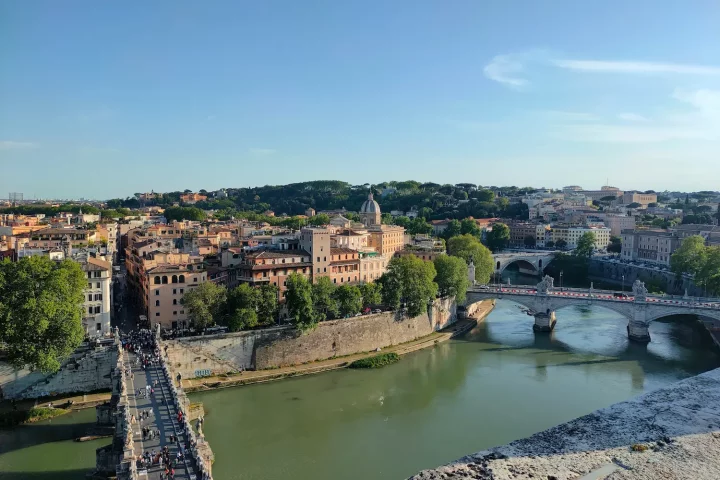Italian citizenship eligibility is like a unique puzzle for each individual, where each piece represents a part of family history, documents, and even surprises that arise from genealogical research. This journey is not just about meeting criteria; it’s about uncovering the rich tapestry of your ancestry and understanding how it shapes your present and future.
Understanding one’s eligibility can often be a way to connect with personal history and map out a future in Italy. This process allows you to delve into your roots, discovering stories and connections that may have been forgotten or unknown. It’s a journey that ties your past to your aspirations, creating a bridge to a new chapter in Italy.
Italian citizenship eligibility as a process of discovery
Instead of merely listing the criteria, consider the idea of mapping your lineage. This approach guides you to reconstruct your family tree, uncovering connections you might not have known existed. Tracing your lineage can find links that may qualify you for Italian citizenship.
Additionally, specific life scenarios, such as name changes, adoption, or immigration, can influence eligibility. These situations are only sometimes discussed but can significantly impact your eligibility. For example, in case you have changed your name, you must amend your birth certificate in order to apply for Italian citizenship. To do so, you must follow the standard procedure of your country of origin.
Know more about document rectification.
Understanding the nuances of your process will prepare you to navigate the complexities of your family history and understand how they affect your path to citizenship.
Tools and techniques to explore eligibility
Modern technology offers new ways to explore your eligibility. DNA tests can uncover unknown lineages, opening unexpected doors to citizenship. These tests can reveal genetic connections that traditional documentation might miss, providing a more comprehensive view of your ancestry.
Hidden challenges in verifying Italian citizenship eligibility
Common challenges include gaps in family records or contradictory documents. Italian authorities can be very thorough and do not accept discrepancies among documents. Ensure you make the proper adjustments in the documentation, including checking names, dates, etc.
These issues can complicate the verification process, but they are manageable. Professionals or additional research can help you address these challenges, ensuring your documentation is accurate and complete.
Other specific challenges of the Italian citizenship law, such as restrictions for female descendants born before 1948, can be overcome in courts. This highlights the need for strategic legal insight, which can be acquired by hiring a lawyer who specializes in Italian citizenship. Understanding the legal landscape and seeking expert advice can help you navigate these obstacles, ensuring your eligibility is recognised.
Check all the details of the Italian nationality law.
Personalising the analysis of Italian citizenship eligibility
Italian citizenship assistance services offer a detailed and personalised eligibility analysis, going beyond generic checks. These services can provide tailored advice, helping you understand your unique situation’s specific requirements and steps. By working with experts, you can ensure that your application is thorough and well-supported.
Depending on discoveries in the eligibility mapping, the process may need adjustments and flexibility. This could involve seeking additional documents or considering other legal avenues. By remaining adaptable and open to new information, you can navigate the complexities of the process, ensuring that you meet all necessary criteria.
Turning eligibility into action
You won’t go anywhere if you stand still: start your process as soon as possible. By moving confidently through the steps to achieve Italian citizenship, you can transform the possibilities uncovered during your research into a tangible reality. This journey is not just about meeting requirements; it’s about embracing your heritage and creating a new future in Italy.
To help you move forward, consider scheduling a consultation with specialists, such as io.citizen, for a personalised action plan based on the discovered eligibility. These experts can provide the guidance and support needed to navigate the process, ensuring that you have a clear and effective path to citizenship.
By following these steps and utilising the tools and techniques outlined, you can embark on a meaningful journey of discovery and connection, ultimately achieving your goal of Italian citizenship. This process allows you to explore your roots, understand your heritage, and create a new chapter in your life.
Searching for expert assistance? Look no further!
Io.citizen specialised assistance can provide the tailored approach you need. Our team of experts is ready to confidently guide you through your journey. Contact us today and turn your dream of Italian citizenship into reality!
Take advantage of specialized assistance to secure your passport for a borderless future.






